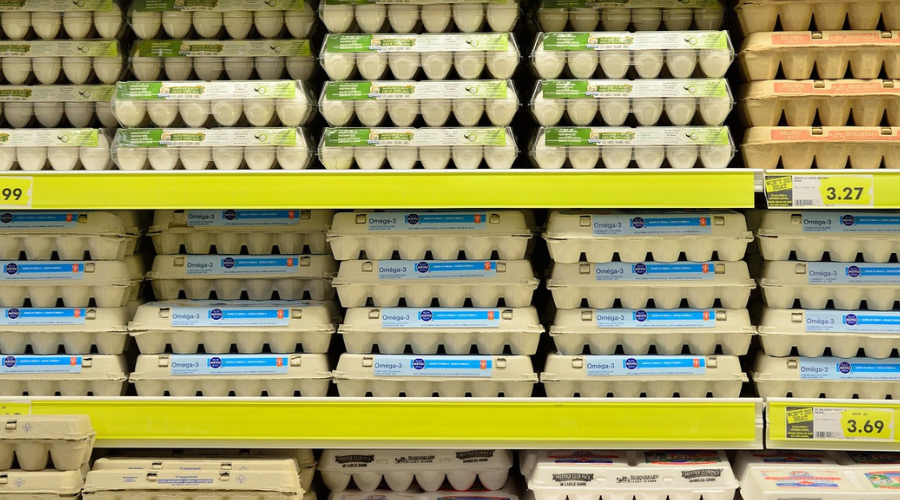
The EU Taxonomy in Practice: Driving Energy Efficiency Investments? Mapping Insights from Stakeholders
21 July 2025
The Politics of Voice: Connecting IPCC Climate Science with Indigenous Knowledge
28 July 2025By Antonio BURATTI, Camilla FRIEBOE MADSEN, and Étienne BÉLANGER-MENARD
By the end of January 2025, the price of eggs in the United States had surged to $4.95 per dozen. Eggs hold a symbolic place in American culture, and their rising cost has become a politically charged issue – featured in election debates and even referenced in Donald Trump’s “Liberation Day” speech.
While the immediate cause of this price spike is the H5N1 avian influenza outbreak that decimated U.S. laying hens between 2023 and 2025, the question remains: Why did the United States experience such severe impacts compared to other countries? Addressing this requires a closer examination of the U.S. egg production system, including the farming practices, policies and actors that shape it. Issues such as biological vulnerability, sustainability, trade dynamics, market concentration, and corporate influence all play a role in the trajectory of egg prices and exposing the fragility of current food systems.
In this episode, we analyze the root causes of the egg price crisis and consider potential solutions for stabilizing prices and building greater resilience into food production and distribution systems.
The podcast was produced as part of the Spring 2025 class “The Politics of Global Food Security,” taught by professor Christopher Hegadorn.
Please note that the roles and professional titles attributed to podcast participants are fictional and used for illustrative purposes only.
This podcast is student-produced. The views and opinions expressed in the episodes are solely those of the guests. They do not represent or reflect the position of the European Chair for Sustainable Development and Climate Transition, nor that of Sciences Po.


